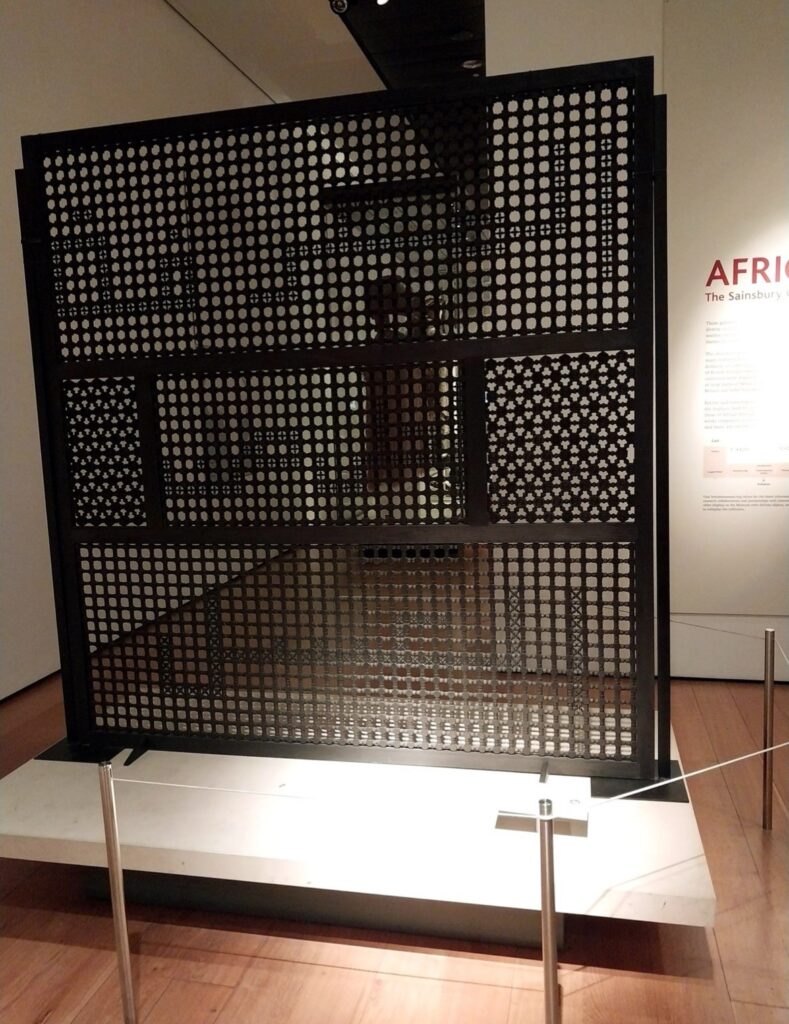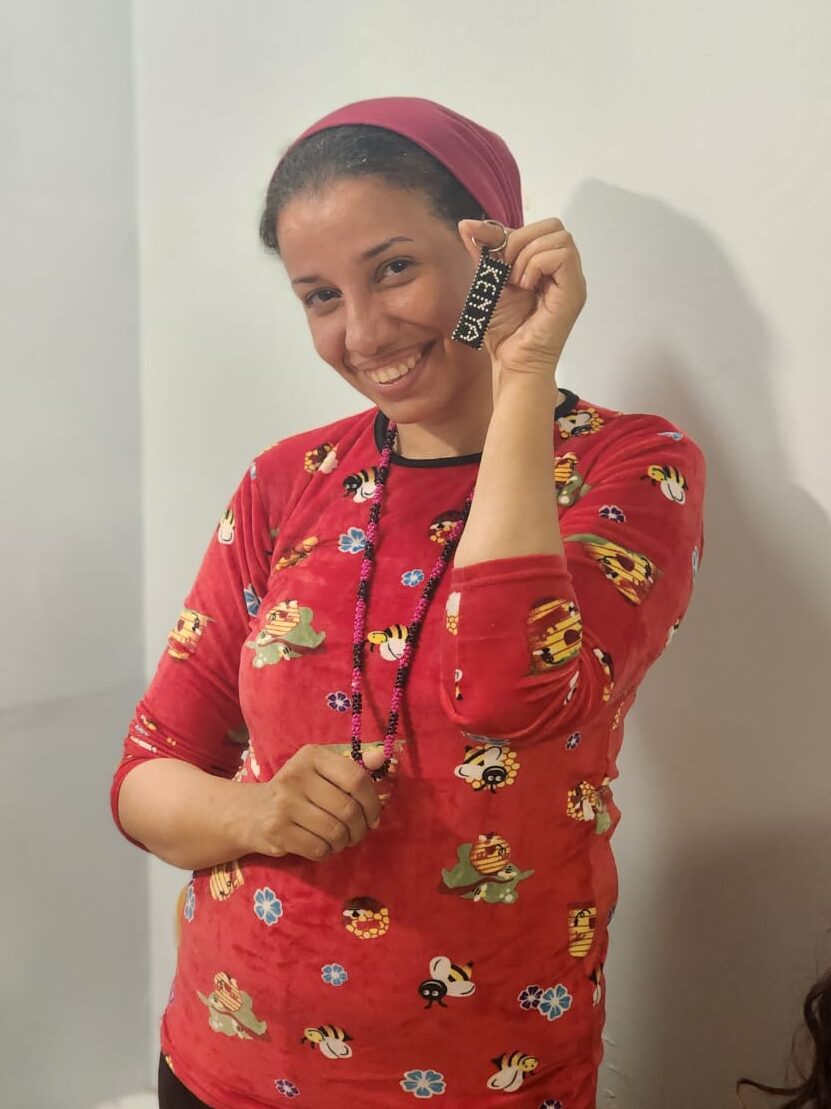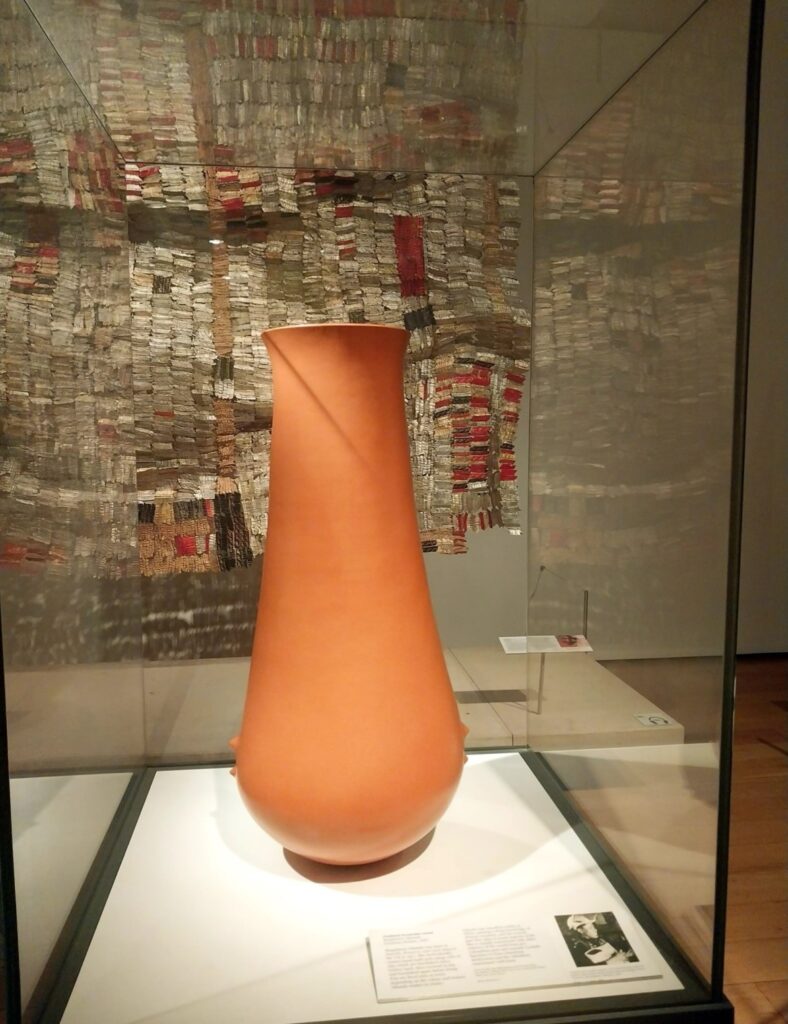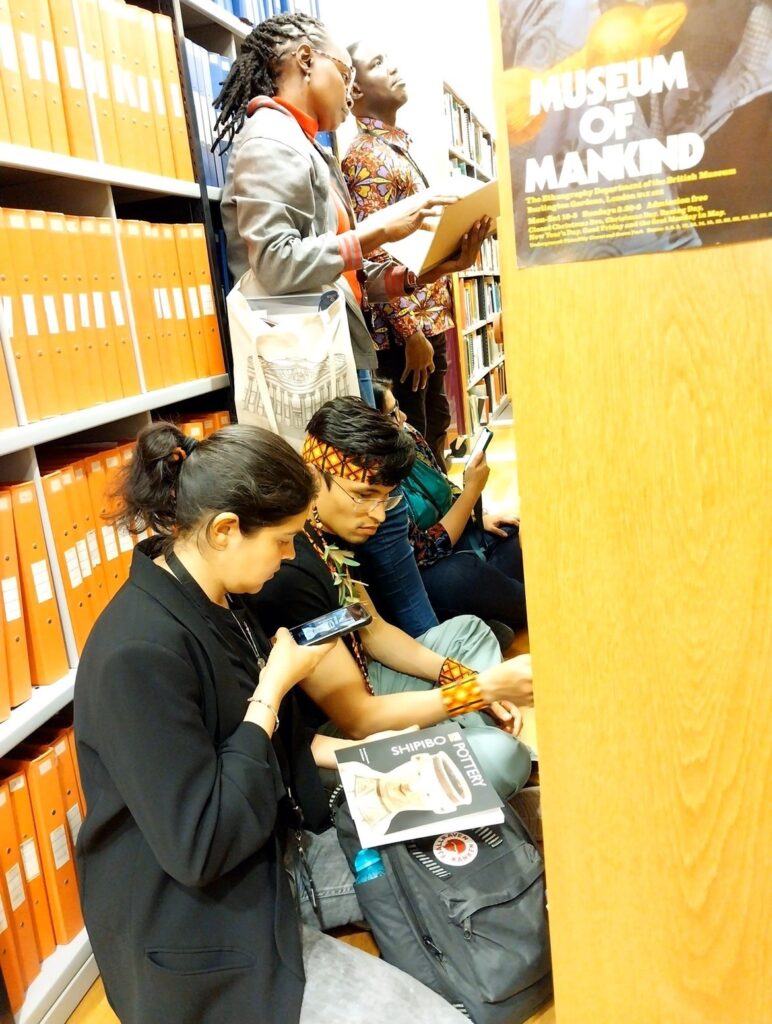Connecting with African heritage: a departmental visit to the British Museum (Lillian Amwanda, Kenya, ITP 2024)
Written by Lillian Amwanda, Curator, Kabarnet Museum, National Museums of Kenya (Kenya, ITP 2024)
Jambo! My name is Lillian Amwanda, 2024 ITP fellow from Kenya working with National Museums of Kenya (Where Heritage Lives) and based at Kabarnet Museum as the Curator.
Having been given the programme in advance, our day began promptly at 10 AM with a meeting with Julie Hudson and Helen Anderson for a tour of the African galleries. Julie kicked off the tour by highlighting the importance of the contemporary prints adorning both ends of the walls as we entered the downstairs African gallery. She explained that the prints serve as a vibrant introduction, bridging the historical and cultural legacy of Africa with its contemporary artistic expressions. They symbolize the continuity and evolution of African art, inviting visitors to appreciate the rich legacy of African creativity from past to present.

The African gallery boasts a rich history, showcasing the diverse cultures of various countries through a collection acquired during the colonial administrations of the 19th and 20th centuries. This collection includes textiles, containers, ceramics, sculptures, masquerades, and metal works. To keep the exhibition vibrant, the gallery also features contemporary art commissioned periodically by the department. One striking contemporary piece is the work by women in Uganda, highlighting their proactive efforts to address and reduce the stigma around HIV through group art activities. This work not only showcases their creativity but also addresses contemporary global issues. (Yes! Women play an important role in the production of cultural heritage!)
My home country, Kenya, is well represented in the textile section with a Mijikenda traditional Kishutu beautifully displayed. It conveys a meaningful message to the Africa Gallery visitors.
Additionally, the showcase with a Kenya T-shirt adorned with the coat of arms symbolizes more than just fashion and clothing as it equally and proudly signifies Kenya’s sovereignty and rich heritage. It reminds any Kenyan visiting the gallery of how it serves as a powerful reminder of our national pride and unity. (And yes, Kenya Hakuna Matata, as portrayed by Heba.)

I was delighted by the department’s thoughtful consideration of gender in their artifact display. Julie Hudson emphasized that they ensure both men and women’s works are showcased, reflecting a commitment to gender equality. As a passionate gender activist and cultural anthropologist, this approach resonated deeply with me, highlighting the importance of inclusivity in cultural representation.

During our tour, Julie told us the question many visitors ask and wonder why African Gallery is downstairs. The straightforward answer is space, and the layout of the gallery dictates the arrangement. However, Richard Ohene-Larbi from Ghana offered a profound and thought-provoking perspective, telling Julie to consider responding that Africa is the cradle of mankind and to truly reach the depths of our origins, one must dig down. Yes Africa is the cradle of mankind – incredible!
The exhibition has been made interesting and enjoyable with the presence of films showcased on the screen to help the visitors fully understand the practicality of how the objects were produced and utilized, a perspective that shows sense of creativity.
After enjoying a sumptuous lunch with the departmental team leaders at the British Museum canteen, we spent the better part of the afternoon being guided to the Anthropology Library and Research Centre. There, we were warmly welcomed by the librarian, Lisa Taylor, and curator James Hamill, who both conducted a comprehensive tour of the library and archives. What particularly impressed me in the archives were the meticulously preserved documents dating back to the 19th century, with the original materials still in excellent condition.

